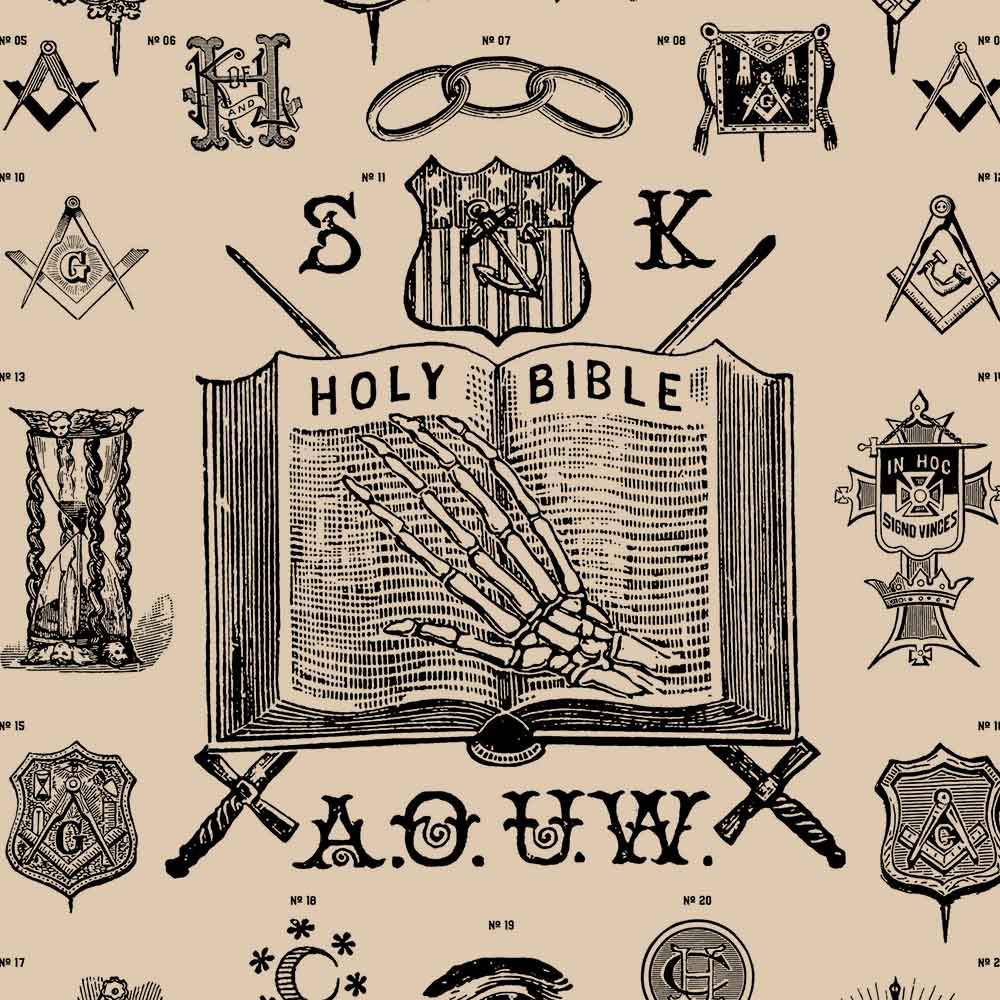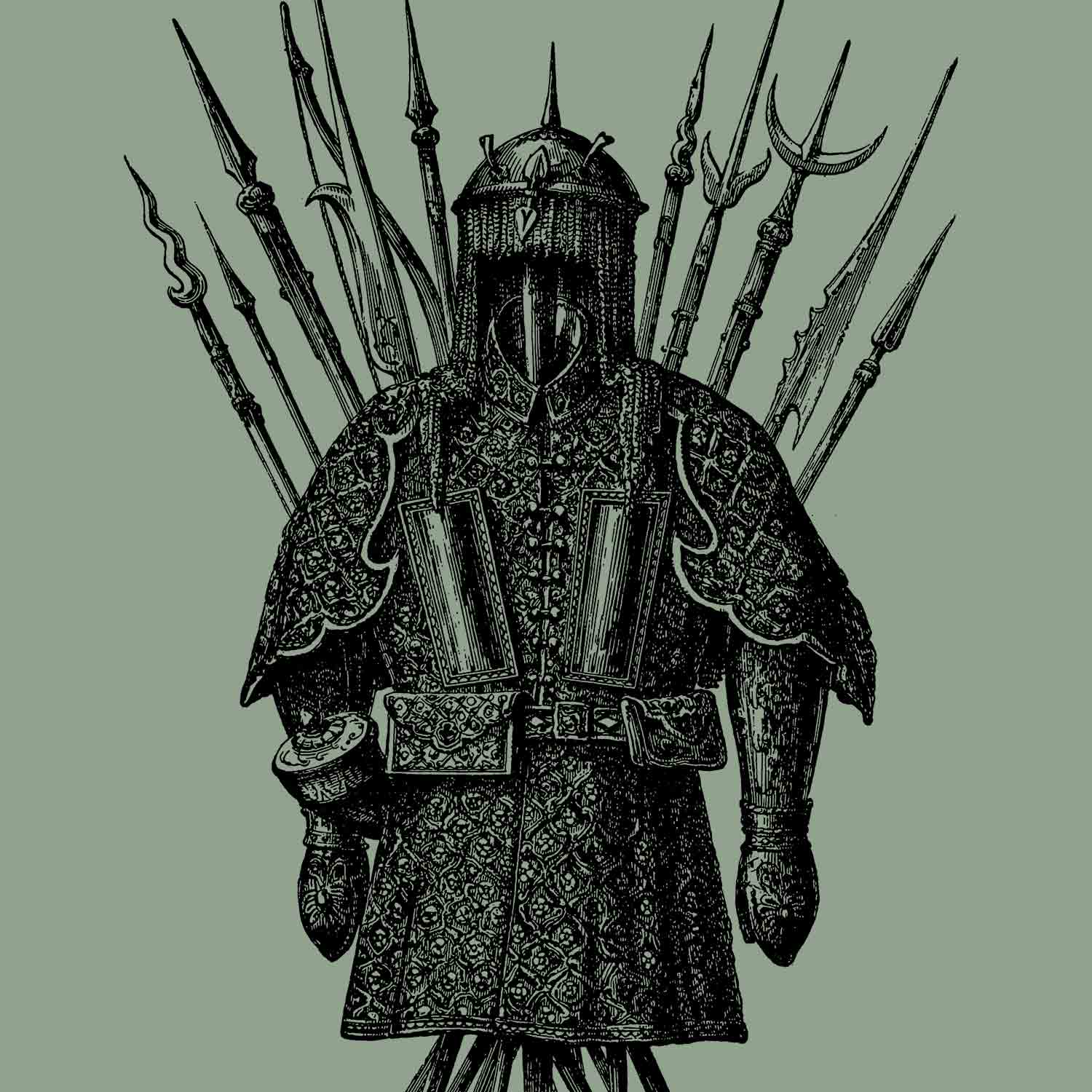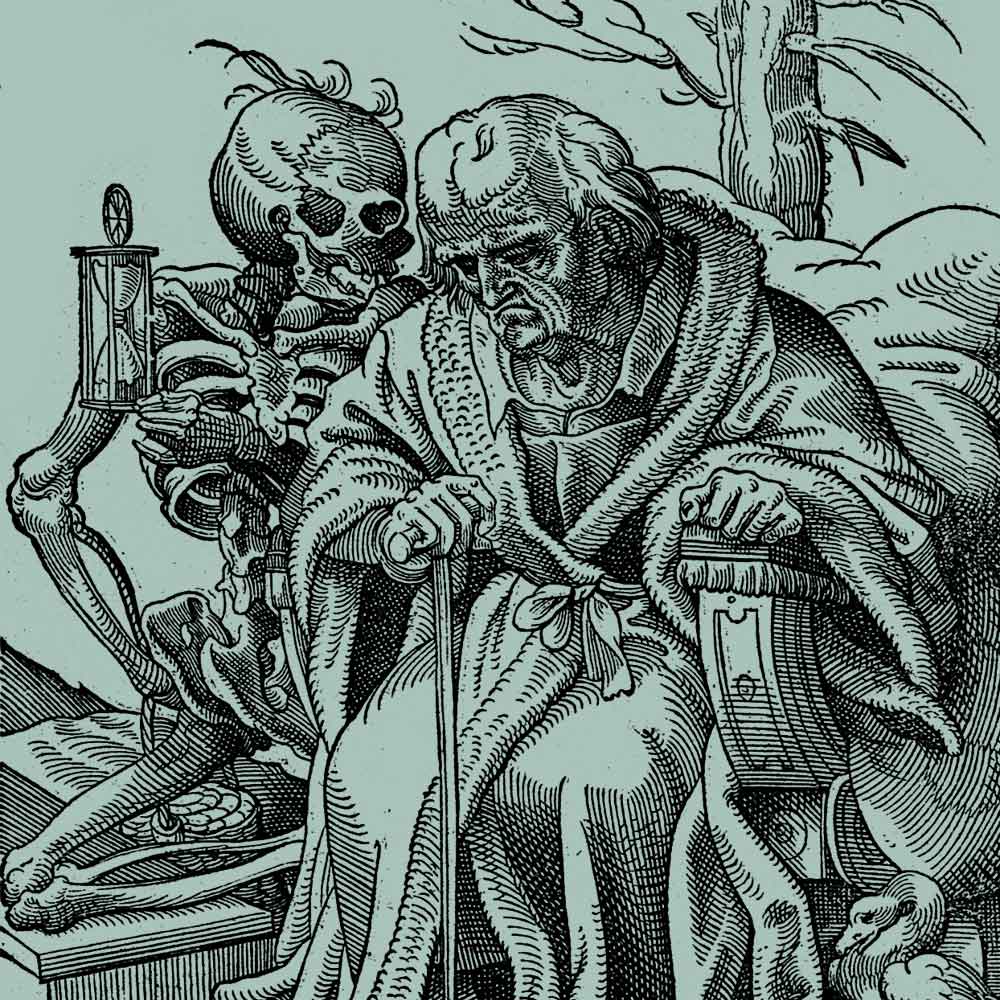When did tattooing begin?
Tattoo culture as we know it today has origins stretching back thousands of years. Tattooing has been practised across the globe since at least Neolithic times (1900 BC), as evidenced by the finds of mummified preserved tattooed skin and the archaeological record. Documentation of tattoo like markings in ancient art and archeological discoveries of potential tattoo tools has suggested to historians that tattooing may have been practiced in Europe during the Upper Paleolithic Period. However, direct evidence for tattooing on mummified human skin extends only to the 4th millennium BC.
Image Credit: Cristian Chirita
The oldest discovery of tattooed human skin to date is found on the body of Ötzi the Iceman, dating to between 3370 and 3100 BC. Other tattooed mummies have been recovered from at least 49 archaeological sites, including locations in Greenland, Alaska, Siberia, Mongolia, western China, Egypt, Sudan, the Philippines and the Andes. These include Amunet, Priestess of the Goddess Hathor from ancient Egypt (c. 2134–1991 BC), multiple mummies from Siberia, including the Pazyryk culture of Russia and from several cultures throughout Pre-Columbian South America.
It wasn't until the 1700s that Western society began to adopt tattoos into their culture, and it was only a very select few who chose to do so. According to historical records, sailors first began to get tattoos, notably the crew aboard Captain James Cook's ship. They collected tattoos throughout their voyages from nations with a long lineage of tattoo culture such as Japan, New Zealand and the Pacific Islands.
Contemporary Tattoo Symbolism
Tattoos are often a highly personal addition to one's body. They can be a memento to commemorate the passing of a loved one, a symbolic reminder to take courage in challenging times, or an honourary tribute to new life or new beginnings. A rich and vast pictorial tapestry has evolved over the centuries to visualise these symbolic messages, and we explore some of this imagery and its popularly accepted meaning below.
What does a ship tattoo mean?
For sailors, the image of a ship is steeped in practicality and symbolism. It's your trade, where you go to find challenging work, but also for discovery and experience. The ship has long been symbolic of the call to adventure with the strength to see out the journey and eventually be homeward-bound. It can also symbolise new beginnings, good luck and bravery, among others.
What is the significance of an anchor tattoo?
An anchor is the only resource a ship has to stop it from drifting into treacherous waters on the open sea. This makes it the perfect symbol of stability. You will often see anchors embellished with "Mum" or the name of a significant other, someone who keeps them grounded.
What does an eagle tattoo symbolise?
The eagle is the emblem of America, it symbolises honour, prowess, intelligence, wisdom, power, and spirituality.
What does a snake tattoo mean?
A snake can be symbolic of potency and power. Often depicted coiled and ready to strike, it outwardly projects a don't-tread-on-me sentiment, deflecting evil, negativity and misfortune.
Interested in learning more?
No scanning necessary! Follow the instructions in the book and instantly access all images.





